Pier Luigi Loro Piana and the sea? A passion shared between sailing and motoryachting. While he sails around the world aboard Masquenada, at the helm of the new My Song, a ClubSwan 80, he still gets enjoy the thrill of regatta racing
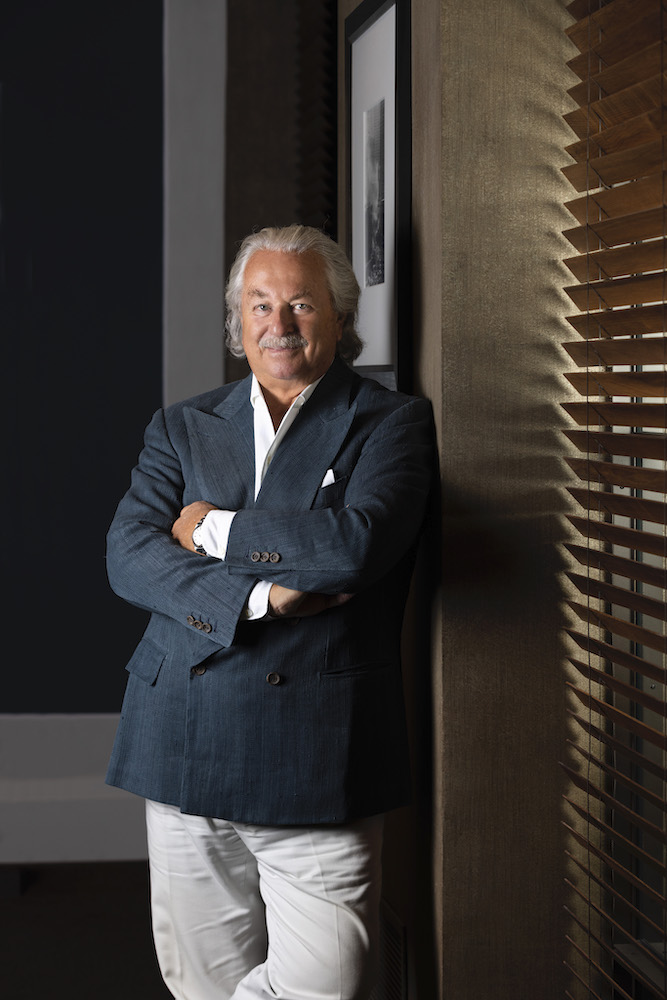
Pier Luigi Loro Piana, after many years of sailing, it’s time for motoryachting
After sailing for many years, the time came to make the move to Motoryachting with capital M. But the most important thing to this particular individual remains being able to share the pleasure of being at sea with close family and friends. Pier Luigi Piana has no doubts on that score. He has spent many memorable times at the helm of the various My Songs, times that have left such an indelible mark on Italian and international competitive sailing.
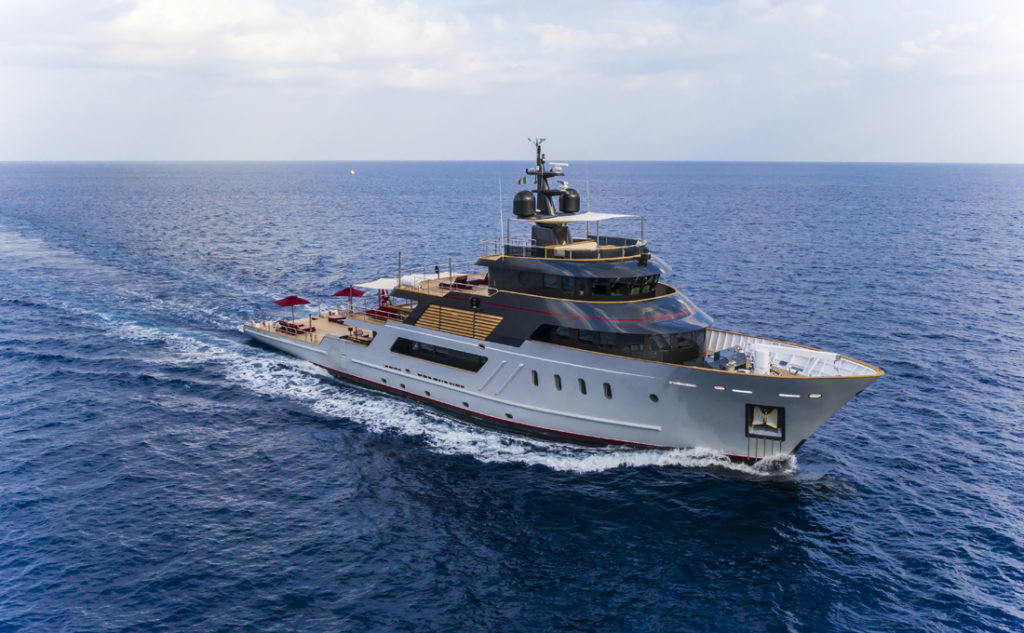
But Loro Piana has always been able to combine true yachtsman style and elegance with competition and now those traits are extending into new waters. Although this isn’t his first foray into motoryachting – he previously had a 47’ Toy Marine and a 48’ Maxi Dolphin – these were chase boats for My Song, flanking and supporting her as she sailed from one competition to the next. But then something changed when Masquenada arrived on the scene. We met Loro Piana just before the season and he told us all about this new chapter in his seafaring life.
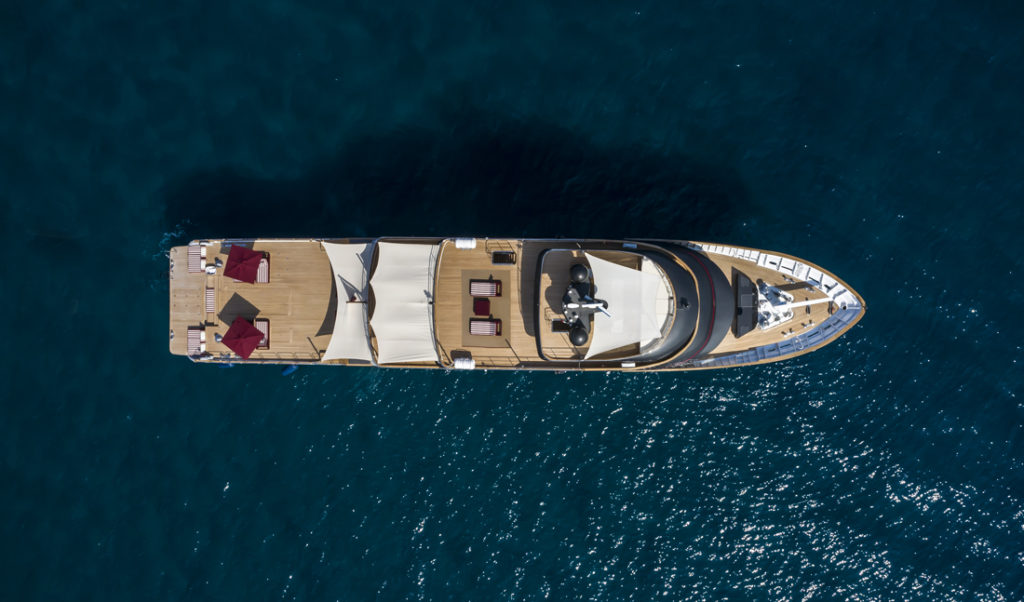
Let’s start with the name: Masquenada.
It’s the title of a wonderfully joyous and happy Dizzy Gillespie song. I thought it was the best name for her because she arrived at the end of a time when I hadn’t been able to sailing a boat all of my own after the enforced break-up of My Song.
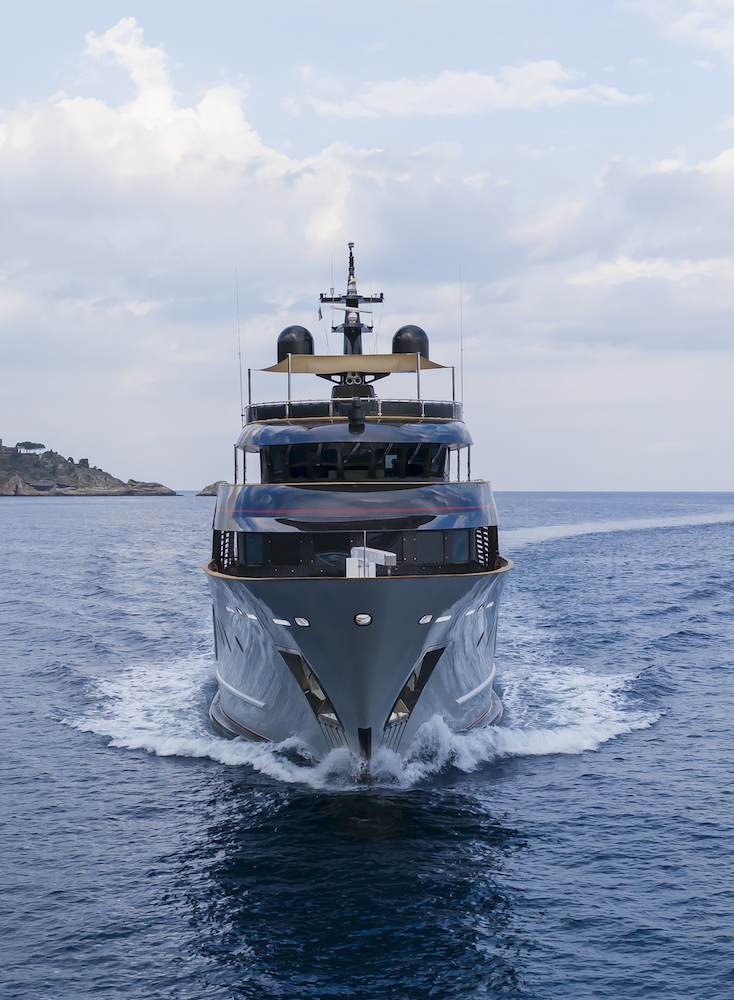
So how did you end up with Masquenada coming into your life?
My life at sea has always been divided into two movements: cruising and competing. When you are younger, you are prepared to sacrifice some comfort but as the years go on you become a little more choosy. With my fourth My Song (splashed by Baltic Yachts in 2016, ed.’s note), I really had found the balance between the right amount of comfort and not having to sacrifice performance. A compromise that had a lot of advantage but a few limitations too.
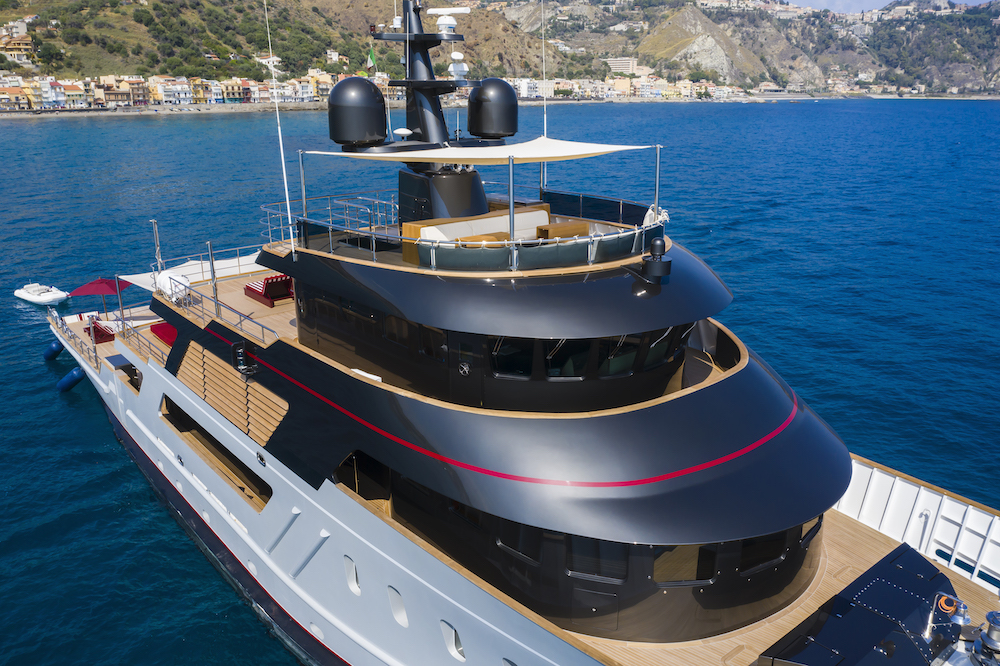
But then there was all the work required every time My Song had to be set up in racing mode. And the logistics with the number of people involved. The sum off all these factors made me rethink the model of my seafaring life. This unconsciously pushed me in the direction of splitting my cruising soul more clearly from my competitive one. The painful loss of My Song did the rest.
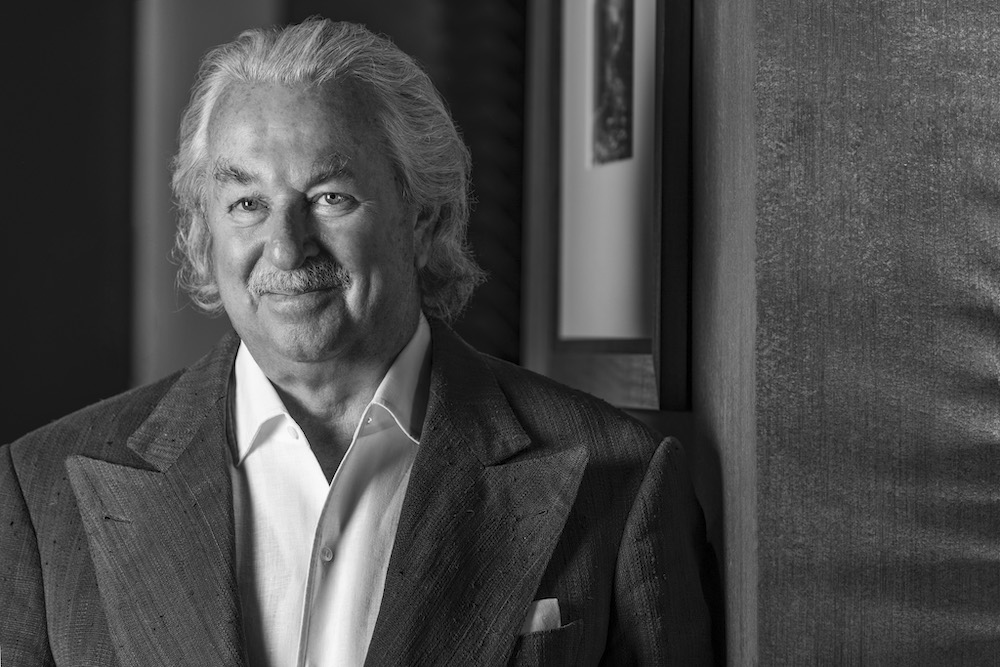
How did you come by Masquenada?
I already had an idea of a motoryacht similar in certain ways to SeaAxe, the support vessel Damen designed to house the fleet of toys that go with the big superyachts. I had developed the design for a 58m around that concept when my friend Mario Pedol, with whom I share similar aesthetic tastes in yacht design, told me Masquenada, then called Aspire, was for sale.
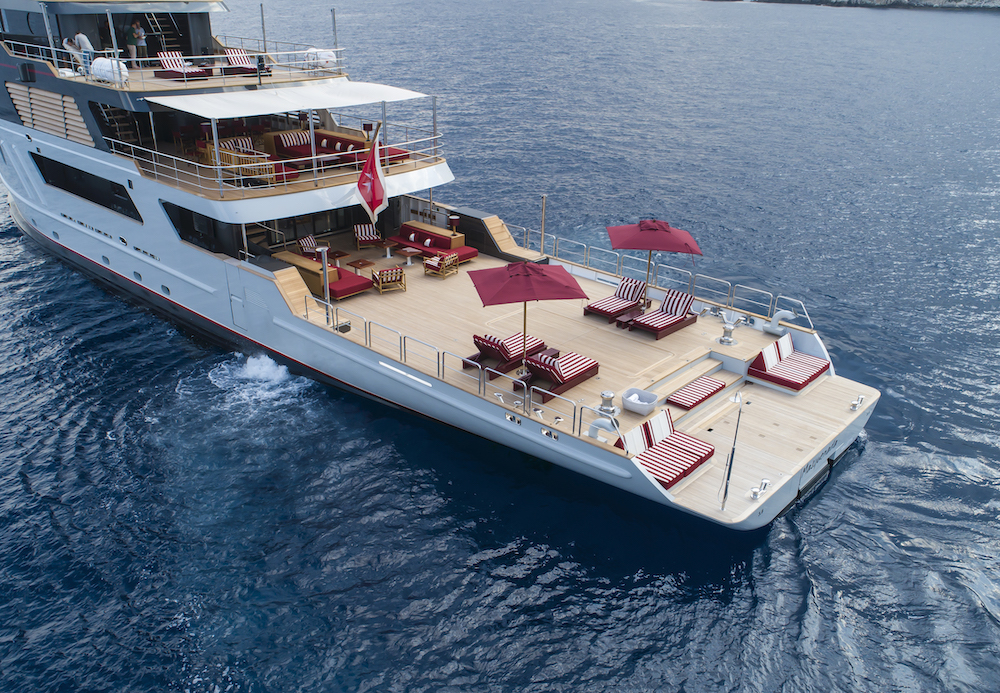
Was it love at first sight?
The key element was time. I imagined it would take a minimum of three years to see my boat design completed. Then once I investigated Aspire’s history and ensured that some of my requirements, such as a high capacity crane that could be hidden away, could be met, I felt she was the right choice. And so I bought her.
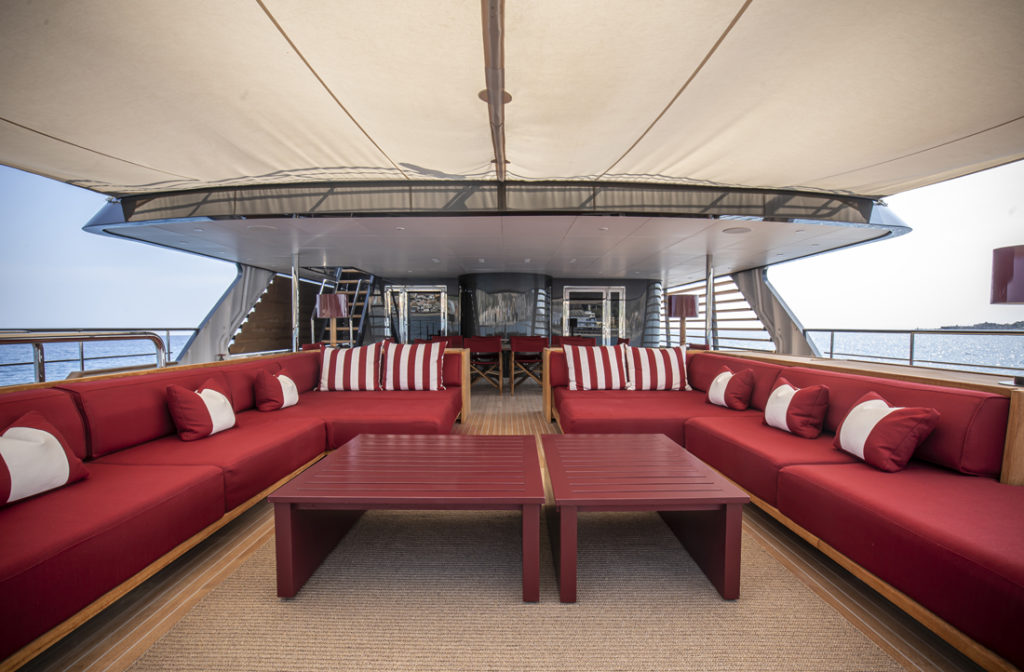
Aesthetically, what was most striking about her?
Her lines are quite original and reminiscent of an explorer or an ocean-going trawler.
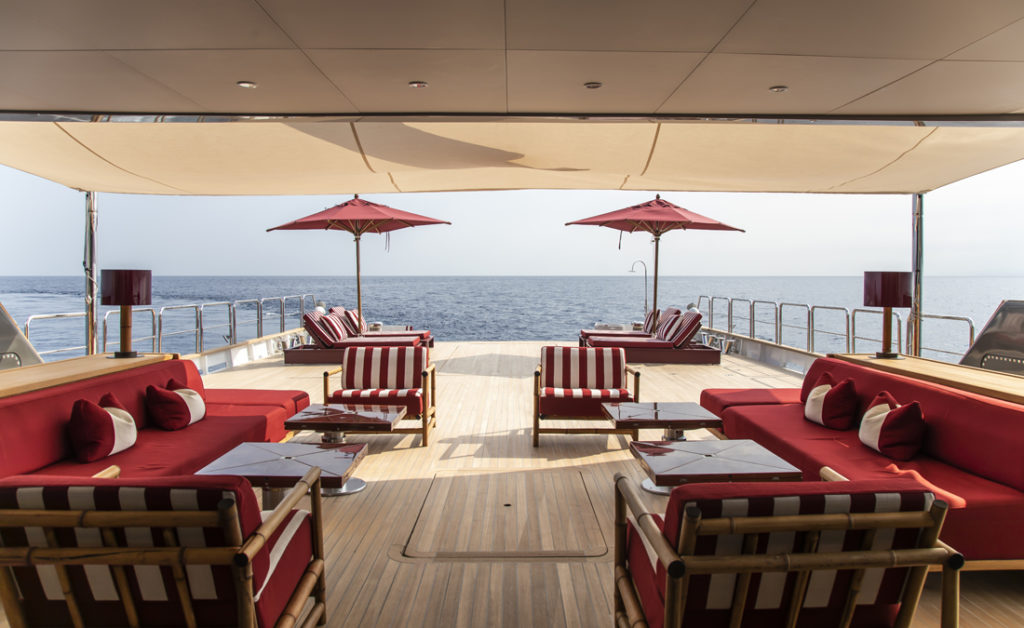
How long did the refit take?
Masquenada’s sale went through in July 2020 and work began at the Lusben yard in Viareggio at the end of October the same year, finishing eight months later. By July 2021, I was aboard myself and able to cast off for my cruise from Samos in Greece.
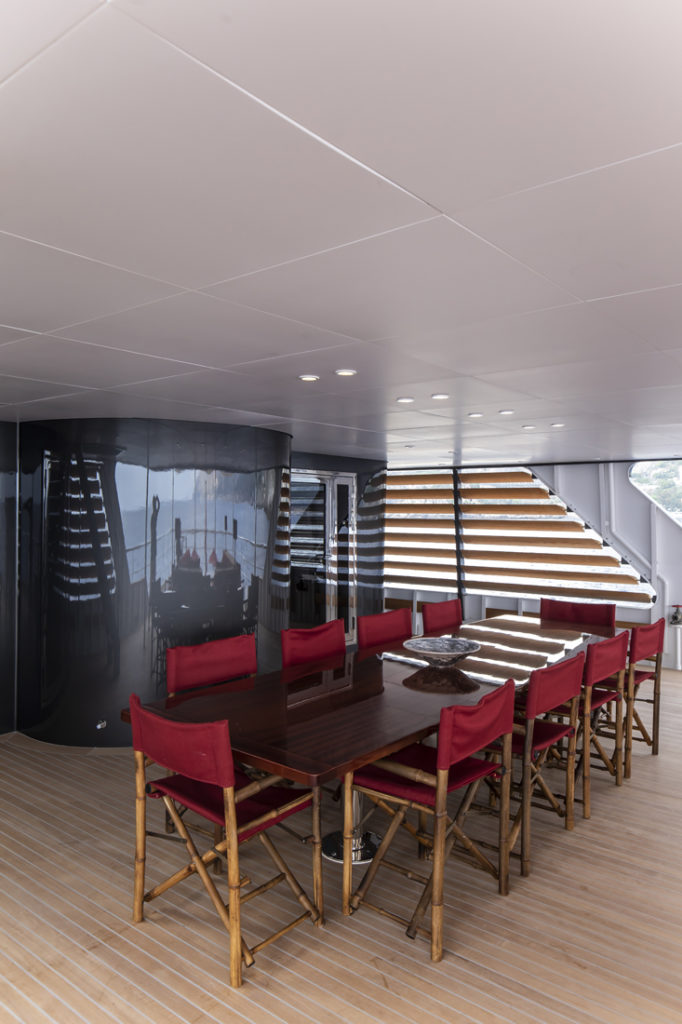
What changes did you make?
The majority of the work was to the stern section which was lengthened to accommodate a 7.5 tonne crane made by CosNav. I wanted it to be a multipurpose area. When the boat is underway, it can stow a 10m tender and other toys. When she is at anchor, it can be set up as a large al fresco space. The low topsides mean you can watch the world go by even stretched out on a sun lounger. It can even become a touch-and-go pad for a helicopter. The other changes involved lengthening the upper deck by about 1.5 metres to make it larger and give her a more striking profile.
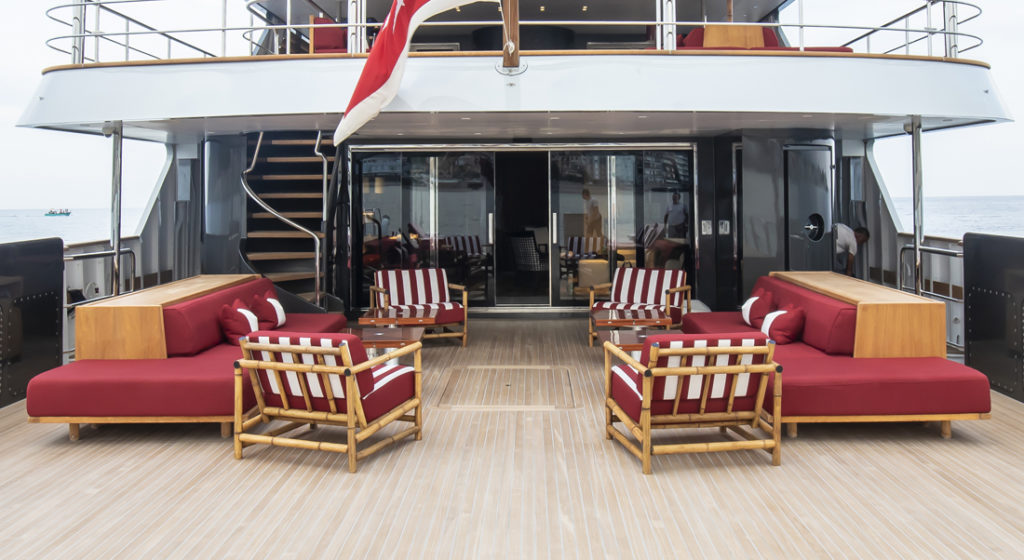
Such a major refit must have demanded serious skill right across the board. Where did you go for the refit project?
Aside from Lusben where the work was actually done, I was able to count on my friend Mario Pedol and Nauta’s skills and knowledge. I then went to Misa Poggi to create the interior design and naval architect Francesco Rogantin who reconfigured the hull lines.
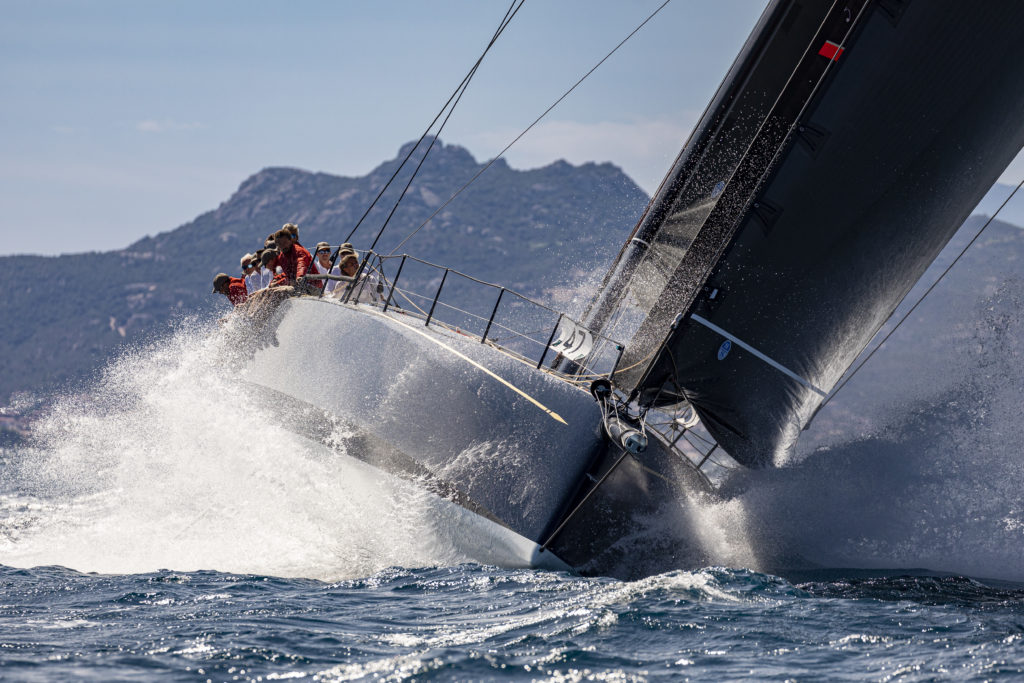
Do you have any secret dreams still left to fulfil?
I’d like to sail around the world. Last year, I spent some time sailing between the Greek Islands and in April, I joined Masquenada in the Turks and Caicos to do the same in the Caribbean. Masquenada is currently in the Pacific and her destination this time is French Polynesia.
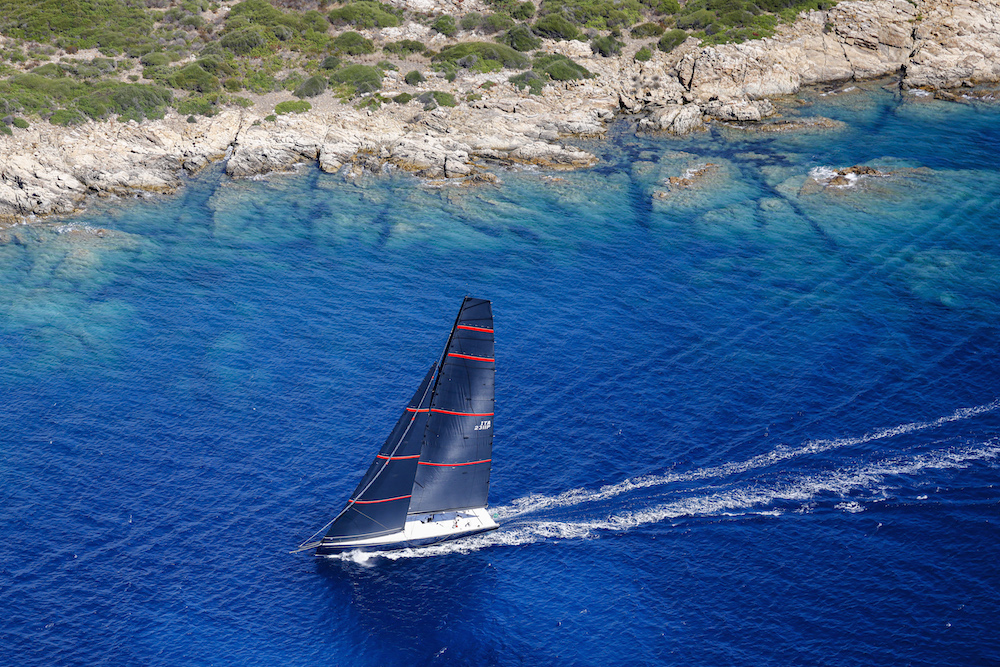
How are you keeping your love of sailing alive despite this transition?
With My Song, the very first Club Swan 80 (Here all our posts about ClubSwan) which I hope will repeat the success the yard is having with the Club Swan 36 and 50. They are one design classes in which the regattas are always packed, fun and not over-the-top competitive. I think it’s the right format to go with. But at the same time, the Club Swan 80 is also ideal for competing at a high level in all the big international sailing competitions.
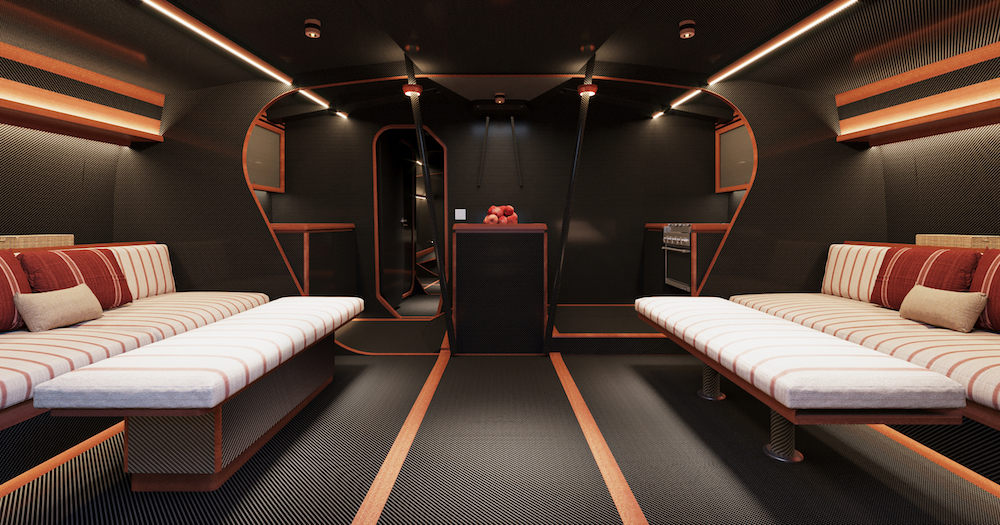
Then there are dimensions to take into account. I think this is the perfect size to deliver some great speeds in all points of sail, something that is difficult enough to achieve with larger sailing yachts. Having said all that, there is much more to life than competing. I intend to enjoy the pleasure of sailing in the broadest sense outside of competition aboard the new My Song too.
Matteo Zaccagnino





